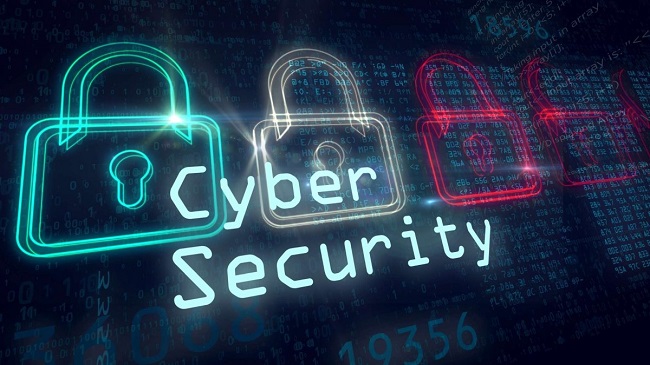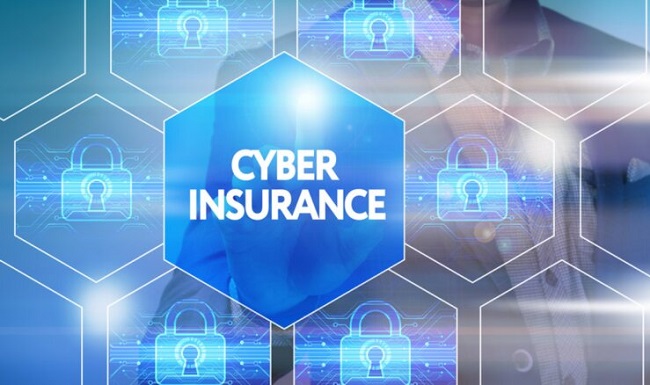In an increasingly connected world, the cybersecurity landscape is one of ever-changing complexity. Business leaders and IT professionals alike face a daunting task: protecting their digital assets from myriad threats that emerge daily.
To navigate this terrain effectively, you’ll need a strategic approach and an arsenal of appropriate Tools and technologies. In this article, we’ll delve into some of the essential resources you can employ to fortify your cybersecurity posture.

Understanding Cybersecurity Basics
At its core, cybersecurity involves protecting your digital assets—such as databases, emails, applications, and networks—from unauthorized access or damage. Threats can take various forms, including malware, ransomware, phishing, and more.
Read Also:
- Castlevania Season 5
- Rent A Girlfriend Season 2
- Mushoku Tensei Season 2
- The Baker and the Beauty Season 2
An effective cybersecurity strategy entails a blend of proactive and reactive measures. Proactive measures aim to prevent attacks before they happen, while reactive measures are designed to respond effectively when an attack does occur.
Embracing Encryption Technology
Encryption is a fundamental tool in the cybersecurity toolbox. It works by converting data into an unreadable format, rendering it useless to unauthorized individuals who might intercept it.
Various types of encryption, such as symmetric, asymmetric, and hashing, can be used depending on your specific security needs.
Utilizing Firewall and Antivirus Programs
Firewalls serve as a gatekeeper between your system and the Internet, blocking potential threats before they can infiltrate your network.
Antivirus programs, on the other hand, scan for known viruses and other forms of malicious Software. Both firewall and antivirus programs require regular updates to stay effective against new threats.
Adopting Multi-Factor Authentication (MFA)
MFA adds an extra layer of security by requiring users to verify their identities using two or more independent credentials. These could be something the user knows (like a password), something they have (like a smart card), or something they are (like a fingerprint).
By implementing MFA, even if an attacker manages to steal one credential, it’s unlikely they’ll be able to reach all levels of authentication.
Integrating Security Information and Event Management (SIEM) Systems
SIEM systems enable centralized management and analysis of security alerts generated across your IT environment.
By combining data from multiple sources, SIEM systems can detect patterns indicative of a security incident, enabling quicker and more efficient responses.
Leveraging Penetration Testing

A less commonly explored but powerful approach involves turning to penetration testing companies. These firms specialize in simulating cyberattacks to identify vulnerabilities in your security infrastructure before actual hackers do.
A robust penetration test provides actionable insights, allowing you to reinforce your security measures in targeted ways.
Exploring Artificial Intelligence and Machine Learning
In recent years, AI and machine learning have emerged as Game-changers in cybersecurity. These technologies can analyze massive amounts of data at high speed, identify patterns, predict potential threats, and automate responses.
Incorporating AI and machine learning into your cybersecurity strategy can significantly improve your capability to anticipate and counteract attacks.
Read Also:
Involving All Stakeholders
Cybersecurity isn’t just an IT issue—it affects every part of an organization. Everyone, from the CEO to the newest recruit, should be involved in creating a cybersecurity-conscious culture.
Regular training and updates on cybersecurity practices are crucial to ensure all employees understand their roles in safeguarding the organization’s digital assets.
Considering Cybersecurity Insurance



In a perfect world, every cybersecurity measure would work flawlessly. However, no system is entirely immune to breaches. This is where cybersecurity insurance comes into play.
It can help mitigate financial losses resulting from cyber incidents, such as data breaches or network damage.
While not a direct tool for preventing cyberattacks, it acts as a safety net, providing coverage for potential recovery costs, Business interruptions, and even reputational harm.
Remember, cybersecurity is not just about preventing incidents but also about effective response and recovery, and insurance is a critical component of this larger strategy.
Read Also:
- Tokyo Ghoul Season 4
- Love After Lockup Season 4
- Orange is the New Black Season 8
- Why was Siren Season 4 Cancelled
In Conclusion
In the vast and complex world of cybersecurity, every tool, technology, and strategy you employ contributes to building a resilient defense against ever-evolving threats.
The journey requires an understanding of the basics, adoption of encryption, firewalls, MFA, and SIEM systems, leveraging penetration testing, and utilizing AI and machine learning.
Don’t forget the importance of creating a cybersecurity-conscious culture and considering cybersecurity insurance for risk management.
By piecing together these elements, you can not only navigate the cybersecurity landscape with ease but also cultivate a robust digital fortress, capable of withstanding the relentless tides of cyber threats. Your digital world is worth the defense.



















